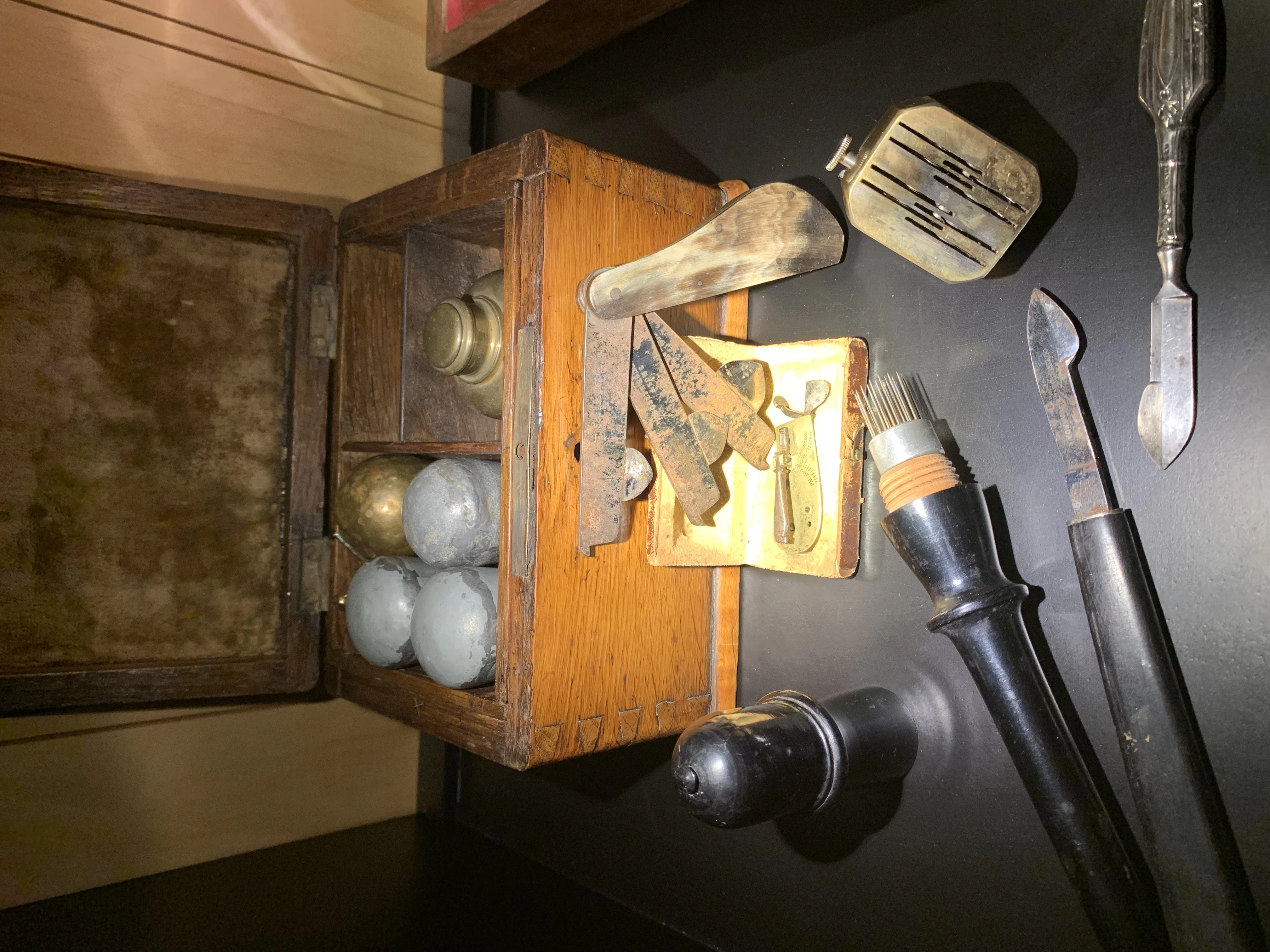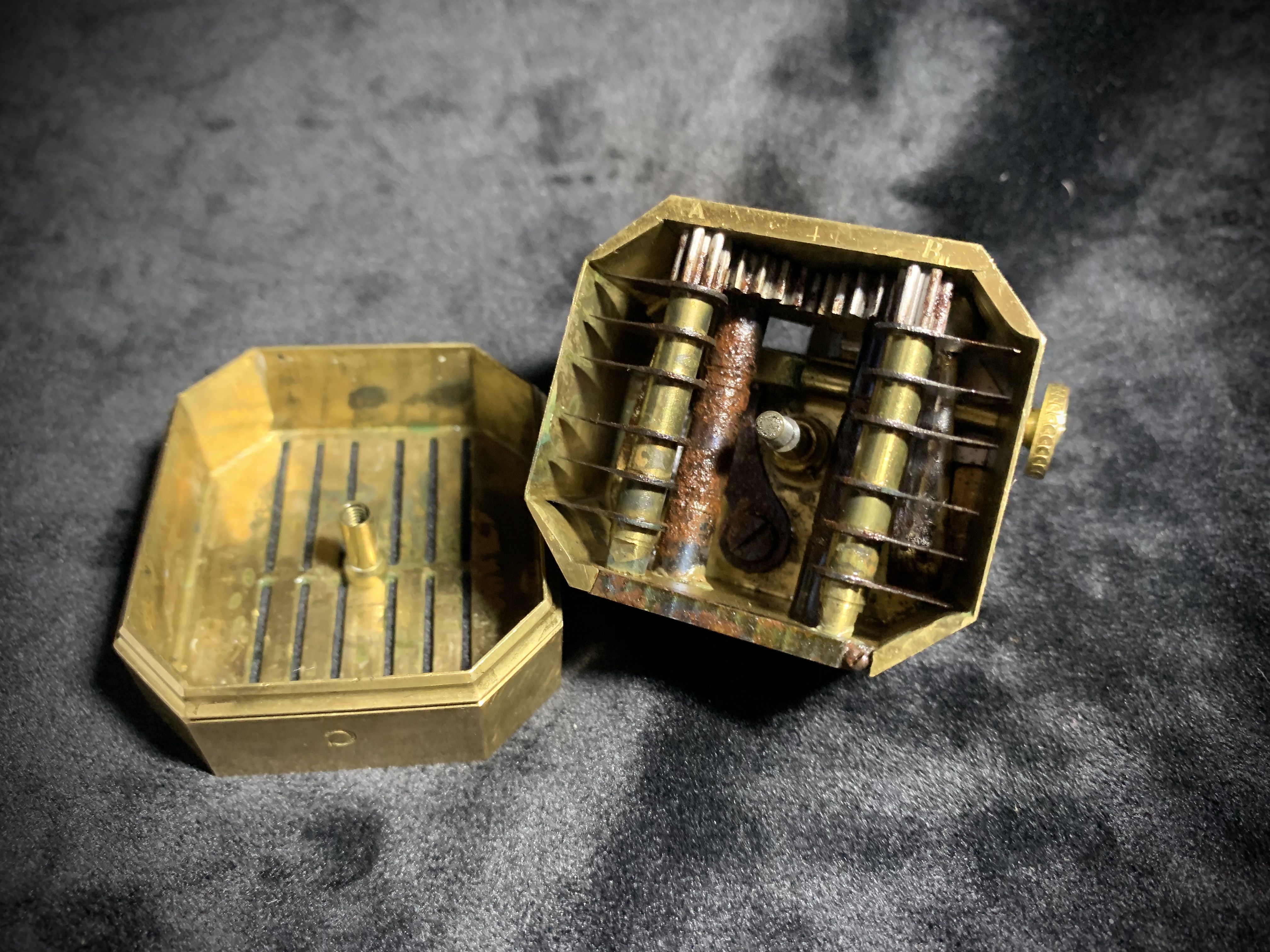Bloodletting Instruments from Middle Age till today

The first instruments for bloodletting were relatively primitive - lancet and fleam.
At the end of the 16th century, the double-edged blade began to be placed in a case of two plates made of tortoiseshell. The blade, placed between two tortoiseshell plates, rotated without the possibility of fixing it in any position. Failure to secure the blade resulted in injury to both doctors and patients, so it was common for doctors to wrap a rag around the blade to secure it and control the depth of the puncture. A similar lancet device prevailed in British and French medicine186. There were two types of lancet blades based on sharpness: barley and oat. The first type is used when you need to make a wide cut, and the second type is suitable for small but deep cuts.
A fleam (Latin flebotomum, engl. also, flem, flew, flue, fleame, or phleam, germ.: Fliete, Flieth, Flieten, Lasseisen) was a handheld instrument used for bloodletting, a bloodletting specially shaped knife that the bathers used since the Middle Ages and after to carry out bloodletting. The bobbin-like, pointed at the front, small weavers' shuttles for weaving images are also known as flies.







